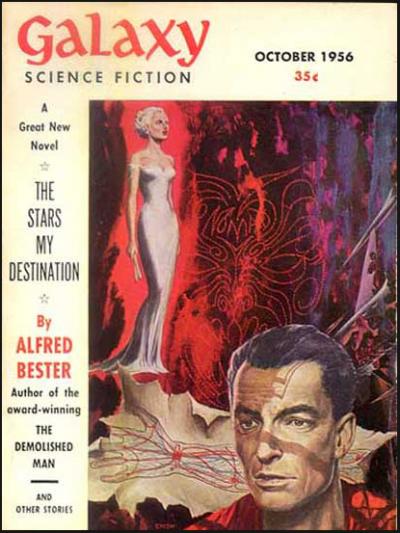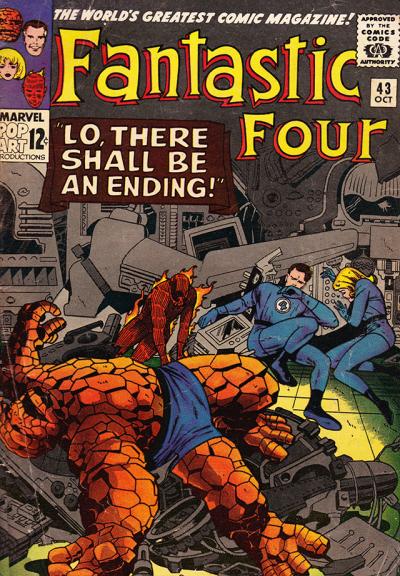Fair Winds for All
Fair Winds for All
Speaking of the proposed offshore South Fork Wind Farm, I’d like to suggest a couple of basic principles that I’d hope most people of good will could accept:
First, we have a moral obligation to reduce our carbon emissions. Second, if that entails costs, no particular group of Long Islanders should bear an unreasonable share of the burden.
The first principle is one of worldwide fairness. We want the energy and the benefits it provides, but we don’t want any of the risks that energy production entails. So we continue to burn fossil fuels, exporting dangers to people far away who do not benefit from the energy we use and who have no say in the matter. This is just plain wrong.
The second principle is one of local fairness. Once we recognize that reducing our carbon emissions is going to involve some adjustments, we ought not to expect a small group of us to bear most of the burden.
To put a human face on this, consider two families. One lives in Montauk and earns its livelihood through fishing. This family is very concerned that the wind farm would impose limitations on its ability to make ends meet. These concerns need to be addressed.
There’s another family, though, that also earns its livelihood by fishing and farming. They live in Bangladesh. They are being driven from their freshwater fishing grounds and farm fields by the incursion of salt water from rising seas caused by global warming. Our carbon emissions are contributing to their plight. Their children are just as dear to them as ours are to us. We need to own that.
Both of these families deserve our consideration. The principle that no local group should bear an unreasonable burden doesn’t mean that no one should bear any burden, however. We have an obligation to minimize the problems faced by the fishing community here as much as possible, but we also have an obligation toward that Bangladeshi family.
Unfortunately, besides these legitimate concerns, there’s an awful lot of fake environmentalism that opposes anything that will have any negative environmental effects, even though it means we’ll continue with business as usual, with much worse impacts.
When we rejected the Shoreham nuclear plant, people said, “We’ll do wind power instead.” Now that wind power is a live option, some of the same people are opposing it too. Before they will accept any form of carbon-free energy, it must have no environmental impacts whatsoever. It must be perfect. Anything short of perfection is unacceptable. Any imperfection gives them talking points to make people think it must be bad.
Of course, that means no form of alternative energy is acceptable. Even solar panels have an environmental cost in terms of the toxic metals, such as lead, chromium, and cadmium, generated in their production. Does that mean we shouldn’t go solar? Of course not. The pollutants generated just have to be dealt with responsibly. My point is that not even solar is perfectly clean.
So don’t ask “Is it perfect?” Instead, ask if it is better than the alternative of continuing to burn fossil fuels. And don’t make the mistake of saying we should do solar instead of wind. We should do all the solar we can, regardless of whether the wind farm is built or not. The two are not either-or propositions. Compare the wind farm with the fossil fuels we’ll save.
The wind farm would reduce Long Island’s annual carbon dioxide emissions by about 200,000 tons. By itself that won’t solve the global climate problem, but if every locality rejects carbon-free energy projects, the lost opportunities to reduce carbon emissions will add up to something tragic.
Don’t forget that what goes around comes around. It won’t be long until we, too, suffer from the effects of the world’s increasing emissions of greenhouse gases. Even today the fossil fuels we burn on Long Island degrade our air quality and respiratory health. Long Island’s air looks cleaner than it is, though, and so we ignore that aspect.
I’m convinced that people of good will could figure out how to do offshore wind power and also preserve the local fisheries. It’s only when we make an emotional issue out of it and demonize anyone who disagrees with our own entrenched position that solutions become impossible.
Or, we can just keep on burning fossil fuels as if there’s no tomorrow. If the whole world does that, maybe there won’t be a tomorrow.
John Andrews is co-group leader of the Long Island East chapter of Citizens Climate Lobby. He lives in Sag Harbor.



